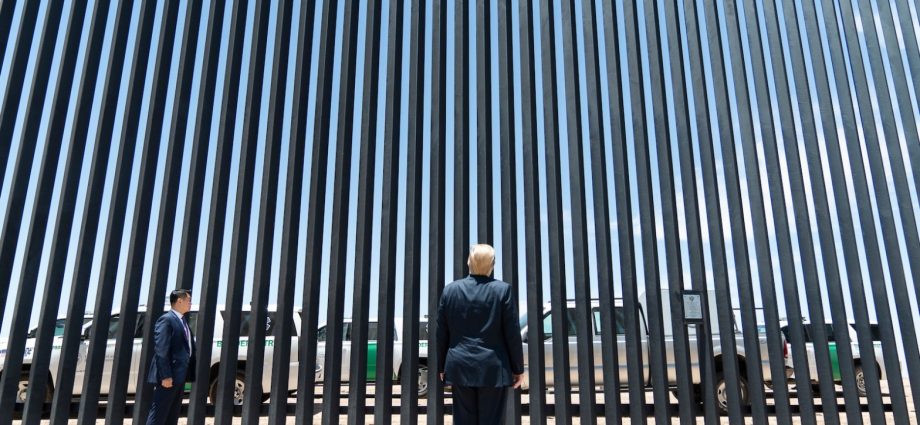Labor shortages are a perennial challenge for many American farmers. Are they becoming a perennial challenge for the US economy?
It’s starting to look that way.
Tightness in the labor market is evident in the big pay increases some workers have been scoring. Under the new United Parcel Service labor contract, UPS truck drivers will, by 2028, be averaging $170,000 a year in pay and benefits.
United Airlines pilots just won a 40% pay raise over four years. Newly minted lawyers recruited into big East Coast law firms are starting at $200,000 a year.
The unemployment rate has been below 4% for 22 months. There are 3.6 million more job openings nationwide than there are unemployed people.
It’s tempting to dismiss these signs of tightness as symptoms of economic long Covid, and that’s partially true. It would be logical to assume that as the pandemic-induced bottlenecks inevitably ease, so will the labor market.
But there’s a deeper underlying tightness problem that will be harder to solve. You can see it in the labor force participation rate, which has been declining for two decades. In August of 2003, it was 66.1%. This August, it was 62.8%.
That may not sound like much of a drop, but the difference between participation rates of 62.8% and 66.1% when the labor force is 168 million strong is 1.2 million. That’s a lot of people who are neither working nor looking for work.

The pig in the python
Demography is destiny, and two long-term demographic trends are among the reasons labor shortages may well become perennial. Baby boomer retirements are the more immediate of the two.
The boomers, born between 1946 and 1964, are the largest generation of Americans. Demographers refer to us as “the pig in the python” because we form such a big bulge in the age distribution of the population.
Many of the earliest-born boomers have already retired. (I’m typical. Born in 1947, I retired as a DTN employee in 2012.) By the end of this decade, the entire boomer generation will have reached normal retirement age. Boomer retirements are taking a lot of formerly productive people out of the labor force.
The other big demographic trend is a sub-replacement-level fertility rate. For a human population to replace itself requires an average of 2.1 children per parental couple. In the US this year, the fertility rate is estimated at 1.84.
While the full effects of lowered fertility will take more time to be felt, they put constant downward pressure on the population. Other things being equal (they’re not, but we’ll get to that), they foretell a declining population and a smaller labor force.
Low fertility rates are a reality in many developed countries, reflecting the increasing choices available to women. Britain’s fertility rate is 1.63. Italy’s is 1.39. Singapore, South Korea and Taiwan are all under 1.2. (If you’re wondering, then, how the world’s population could be rising to 10 billion in 2050 from 7.9 billion today, the answer is fertility rates remain high in the developing world. Many African countries are above 3 and several are above 5.)
In some countries with low fertility rates, population is already shrinking. Japan, with a fertility rate of 1.39%, saw its population decline by 800,000 in 2022.
Backlash against immigration
In many developed countries, including the US, rising immigration is offsetting falling fertility and keeping populations stable or even rising. That’s why other things aren’t equal.
But there’s a strong political backlash against immigration everywhere and most developed countries are trying to slow or stop it. If they succeed, their native populations may be happier but those populations will eventually be smaller.
Farmers who rely on immigration to compensate for labor shortages are well aware of the political sensitivities. Farmers would benefit from more generous legal immigration programs, and while these programs have expanded in recent years, they don’t work at all for some and have complicated and costly rules that discourage others.

It’s never easy getting Washington to let in more temporary workers.
It’s often said that the country has a choice – it can import food or it can import labor. Similarly, the country faces a choice if it wants the economy to keep growing. It can have immigrants or it can have perennial labor shortages.
The trick will be in coming up with sensible policies that allow a sufficient number of legal immigrants while keeping out the illegals. Unfortunately, despite good-willed efforts on the part of some politicians, the country has for many years been stuck with policies that don’t achieve either objective.
Former longtime Wall Street Journal Asia correspondent and editor Urban Lehner is editor emeritus of DTN/The Progressive Farmer.
This article, originally published on October 11 by the latter news organization and now republished by Asia Times with permission, is © Copyright 2023 DTN/The Progressive Farmer. All rights reserved. Follow Urban Lehner on Twitter: @urbanize

